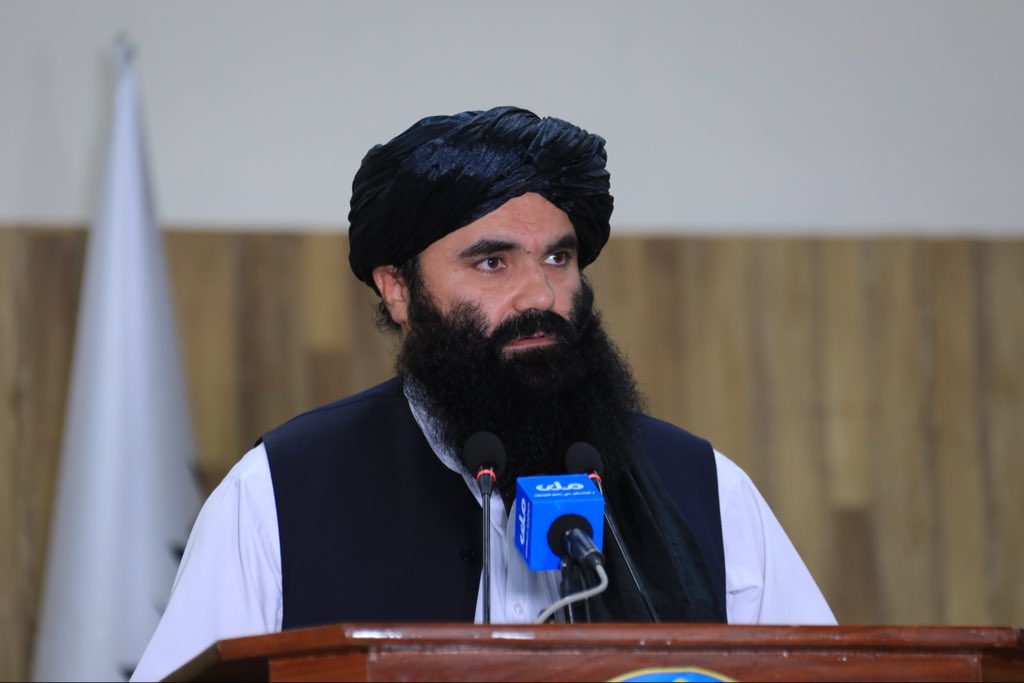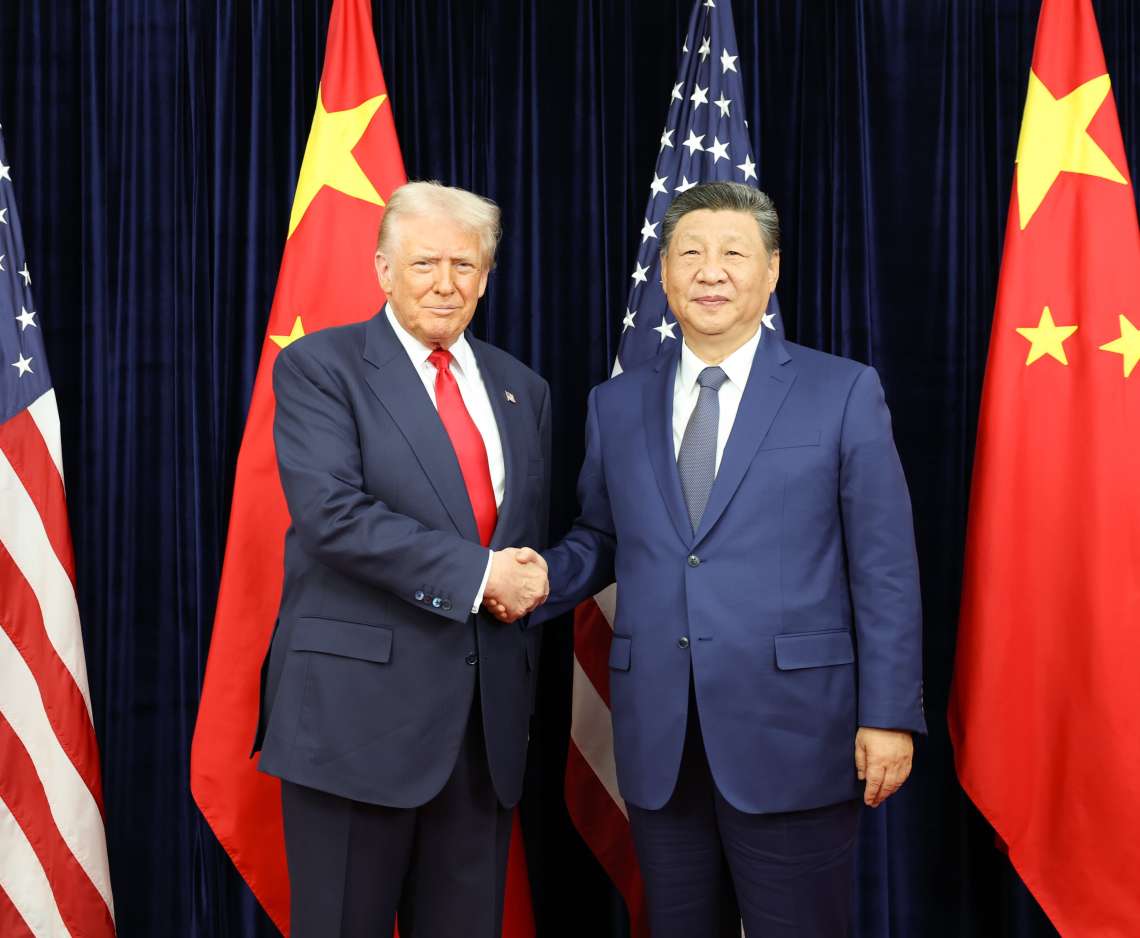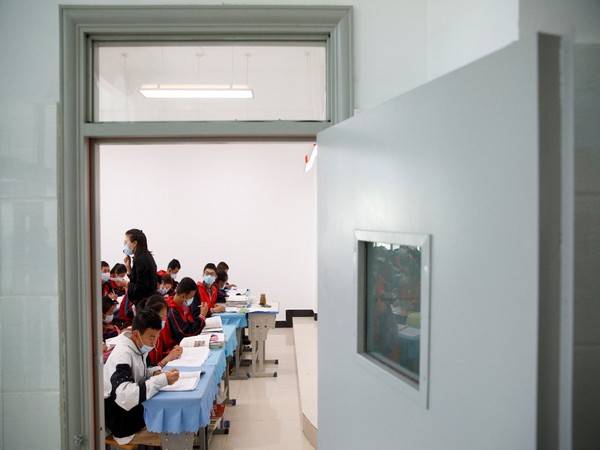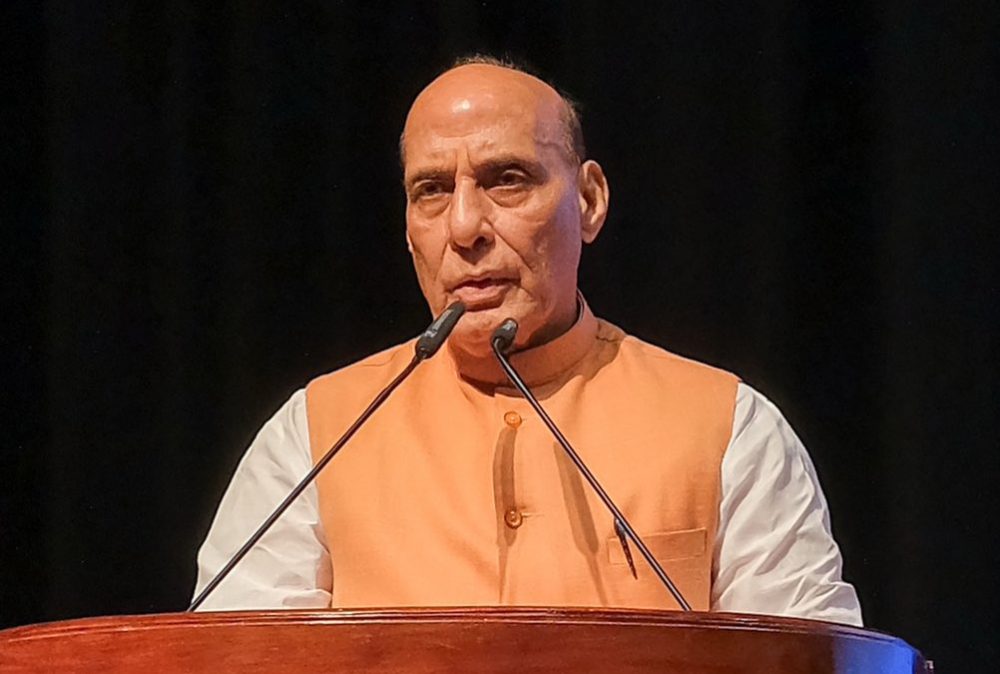US continues to depend on Pakistan, with a hope that it might need Pakistan again, least realising that its strategic choices are hostage to China and has no utility to US, as Its NSA recently threatened to say that if the President of US can’t talk to his PM “They have other options”…writes Maj Gen S.B. Asthana
As the Taliban captures two provincial capitals, UN envoy has reported to the UNSC about Afghan war entering deadlier and more destructive phase, with over 1,000 civilian casualties. The US may have declared ending its military mission in Afghanistan as “Mission Accomplished on ‘Global War on Terrorism (GWOT)”, but in reality, its embarrassing exit will continue to haunt its reputation for a long time. With Taliban gaining territory every passing day, simultaneously imposing horrifying restrictions on captured territory as ‘Islamic traditions it indicates transition of GWOT into global resurgence of terror, in collusion with Pakistan. Other regional stakeholders are concerned, but are watching helplessly, trying to mitigate the situation by talks. It is evident the strategy adopted by Taliban, assisted by Pakistan has done better than that of US. A critical analysis of strategies of each of the three, directly involved in Afghanistan is necessary to infer future possibilities.
Why the US lost GWOT in Afghanistan?
The US supported by multi-national forces entered GWOT, post 9/11 incident, with an aim to dislodge Taliban regime, which sheltered Al Qaeda under Osama Bin Laden, who masterminded execution of the barbarous terrorist act in New York. Their military aim encompassed ensuring that no terror group in Afghanistan becomes strong enough to hit their mainland again, besides eliminating Bin Laden and some other terrorist leaders. Peace and Development in Afghanistan was an expected side-effect, not their main aim. To execute it, US had to depend on Pakistan for logistics chain, intelligence and boots on ground, despite full knowledge of Pakistan’s support to Taliban and other terror groups, having gainfully used services of ISI and Pakistan Army against erstwhile USSR.
As per principles of war, had US stuck to its aim and exited after dislodging Taliban Regime, reinstating a democratically elected Government in place, eliminatingBin Laden, marginalising Al Qaeda and other terror groups, it would have been a graceful exit. It stretched its aim to impractical limit, of eliminating Taliban and other Islamic terror outfits from Afghan soil, least realising that the military power by itself can’t eliminate Wahabi ideology. Finding only military solution to problem of religious fundamentalism was a strategic misjudgement. This shifted achievement of the aim of multi-national forces (MNF), beyond their culmination point, operationally.

MNF was of fighting from urban bases, through technology and airpower could not eliminate Taliban from rural areas. People are centre of gravity in such operations; hence one innocent kill in collateral damage of airstrikes can lead to birth of many terrorist, strengthening ideology of fundamentalists. Battle fatigue and political considerations steered the desire of MNF to pull out. In exuberance to do so, sham peace negotiations of US with Taliban (which turned out to be an exit deal) was the next error committed by US. It legitimised Taliban as political entity from terrorist status; which led to a tired US military, fighting defensive battle against a resurged, legalised Taliban for a safe exit.
ALSO READ: US B-52 bombers strike Taliban targets in Afghanistan
US consistently underplayed Pakistan’s support to Sunni terrorists in the region, making it a major beneficiary of monetary help and military hardware. It is to the credit of Pakistan that it lured US to extract maximum, by encashing their expertise in terrorism, and finally helped US in defeating itself in GWOT. Now after 20 years of war, losing 2,400 soldiers, more than $3 trillion, US and MNF have also lost the strategic space, bases in Pakistan, amounting to a walkover in Afghanistan-Pakistan region. A threat by US, not to recognise Taliban, if it takes over Afghanistan by force, forming Quad with Pakistan, Afghanistan and Uzbekistan, some drone strikes and evacuating informers are weak responses to mitigate embarrassment indicating its helplessness. US continues to depend on Pakistan, with a hope that it might need Pakistan again, least realising that its strategic choices are hostage to China and has no utility to US, as Its NSA recently threatened to say that if the President of US can’t talk to his PM “They have other options”.
Is Strategy Adopted by Taliban Superior?
A battle hardened Taliban having learnt some lessons after losing war against MNF, managed to survive in rural areas with full support of Pakistan, hosting some of their leaders in safe sanctuaries in their country, despite claiming to fight for US and MNF. When the MNF crossed their culmination point, Taliban with Pakistan’s support started expanding in rural areas. Taliban encashed on the combat fatigue of US forces and its political ramifications, encouraged US Administration to talk, establishing its legitimacy as an essential actor. Pakistan’s mediation in this exercise favoured Taliban and not US, although the optics was differently narrated. Thus a rejuvenated Taliban was fighting a tired US Forces, operating from their bases avoiding rough terrain and infantry dominated operations, relying more on technology and firepower, which has serious limitations in type of terrain in area of operation. The air and drone strikes proved inadequate to prevent growing influence of Taliban.

With US Taliban Peace Deal signed and US withdrawal in progress, Taliban gained maximum strategic advantage by consolidating occupation of rural areas and then increasingly capturing various border districts to takeover crossings of Afghanistan with other countries to isolate Afghan National Defence and Security Forces (ANDSF), which have numerical superiority, but are based in urban areas, having defensive mindset. With few military gains the strategic momentum of Taliban has improved and initiative is on their side. This has increased the pace of capturing territory, while their political and diplomatic wing continues with sham talks.
Taliban also encashed on urgency of US Forces to exit, by putting up demands like release of 5000 prisoners, which Afghanistan Government had to agree under US pressure. This in effect increased the numbers of fighters of Taliban. In the meantime Pakistan, increasingly under pressure from FATF, diverted over 10,000 terrorist to fight alongside Afghan Taliban, besides some professional guidance from Pakistan Army and ISI, and occasional air support. Taliban is now in a position to insert itself between important towns to isolate ANDSF, struggling with low morale, due to some surrenders.
Taliban’s current strategic aim is to get into power structure on their terms, without fighting any elections, by putting maximum pressure on negotiating table, after capturing maximum territory. Taliban is aware that with Sharia Law tag it can never win an election (which it terms as non-Islamic governance model of West). It may not be keen to seize power by Force due to fear of being isolated, which will make it difficult for them to govern, giving rise to forces countering them within Afghanistan. They are aware that they don’t have mass people’s support, who have got used to democracy in last 20 years. Taliban thus finds talks and offensive simultaneously, as their best option for political solution in their favour. Terror attacks in Kabul is to strike minds of Afghan leadership to weaken their resolve and position on negotiation table. On political front Taliban has also successfully managed a photo session with Chinese hierarchy, seeking more legitimacy in exchange of promise of not supporting ETIM, which it may/may not fulfil.
All promises of Taliban leaders that it is moderate Taliban 2021 capable of meeting people’s aspirations, stand junked as ‘Shariah Law’ like curbs are back in place in Taliban controlled areas. Men lose freedom to shave & smoke, women lose freedom and most disgusting is listing of single girls between 15 to 45 years, to be married to Taliban fighters as reward. Even if Taliban leaders pose moderate, their fighters will not let the leaders settle down for anything but Shariah Law.
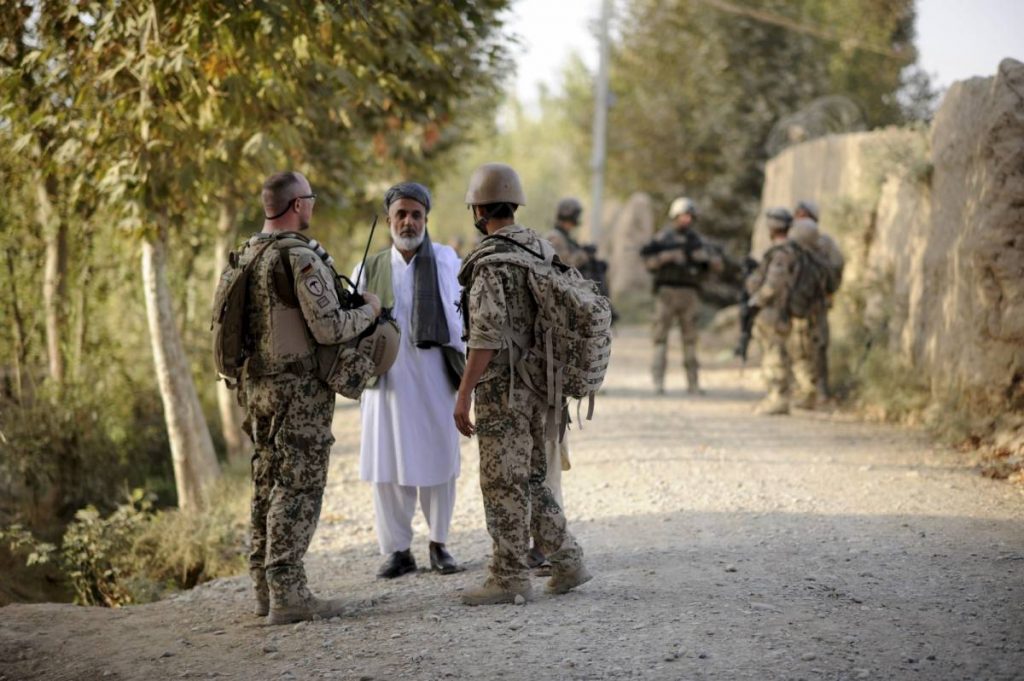
Pakistan’s Double Game: Unprecedented Opportunity with some Concerns!
Pakistan’s strategic aim has always been to seek strategic depth in Afghanistan by enforcing Durand Line over friendly or weak government in Kabul, and edging out other players from Afghanistan. It has been uncomfortable with Indian presence for developmental work in Afghanistan and growing closeness between the US and India to an extent that it was propagating an unsalable narrative that India is trying to encircle it. Its nexus with Taliban is quite old and its assistance to it was one of the causes of US failure in Afghanistan, as it manages to play a double game with US and Taliban. It was also an opportunity for Pakistan to send out large number of terrorists to fight alongside Afghan Taliban, whom it wanted to relocate, to avoid FATF fallouts and preserve what it terms them as their ‘Strategic assets’ to be used elsewhere later.
ALSO READ: ‘Pakistan prefers ‘debilitated’ Afghanistan’
The opportunity is also marred with some serious concerns. Taliban in power never compromised on Durand Line and their stance in future is likely to be similar. Taliban also has many groups within including TTP, which will also get stronger to strike Pakistan, as power of Taliban grows. Innumerable refugees outflow along with some inimical terror groups is also a concern. Pakistan’s strategy of joining hands with Taliban, dumping Ghani’s Government and luring China in this strategic space has gone off well so far. It has also been successful in edging US and India out of Afghanistan, with its terrorists incrementally damaging Indian built assets.
What is Going Wrong with ANDSF Strategy?
ANDSF in numbers are two to three times more than Taliban fighters, but are low in morale, suffering a defensive mindset. They are not venturing out of urban areas and trying to halt Taliban with less potent air power in comparison to Americans. Over last 20 years they went into a syndrome of overdependence on foreign forces and foreign aid. The Afghan Government with fractured mandate and various groups eyeing to share power, weakened the homogeneity, as an effective establishment to govern. In
military strategy, a defender can never win, but can at best delay the defeat. Operationally ANDSF are making same mistake as MNF made by trying to win by airpower and defending bases, thus leaving the initiative with Taliban. If ANDSF fights with offensive mindset, effective use of available air power and sound strategy, small gains can improve sagging morale, which can change the tide against Taliban.
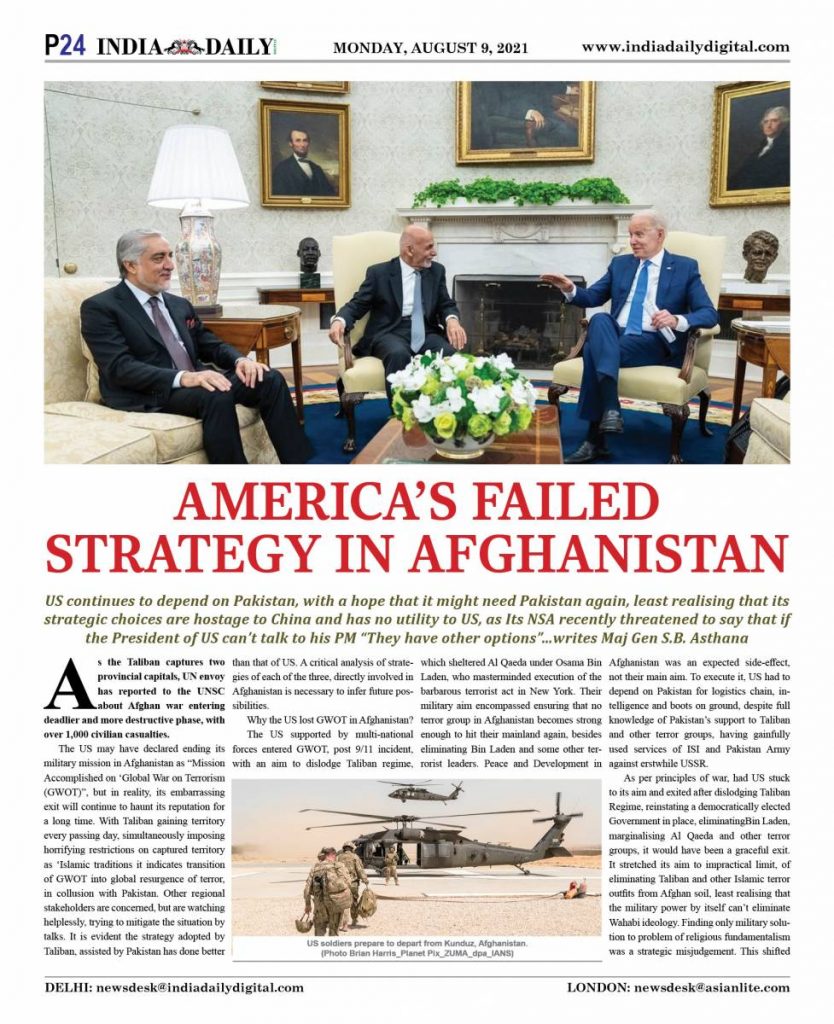
Response of Other Stakeholders!
The US also tried the idea of outsourcing regional peace in Afghanistan to regional stakeholders. All other stake holders are concerned with likelihood of export of terrorism, but are gravely short of options and leverages, as no one is keen to put boots on ground, knowing fully well that no foreign recipe of peace in Afghanistan has worked in past, nor will it work in future. Almost every neighbour (Russia, Pakistan, China, Iran, CAR and Qatar) are organising peace talks between various stakeholders, primarily to suit their own interests, making no headway. China, keen for connectivity and economic exploitation of Afghanistan, is hesitant of not becoming the third power (after USSR and USA) to suffer in “Graveyard of Empires”; hence will prefer working through Pakistan, till power structure stabilises.
India has always emphasised on Afghan led, Afghan owned, Afghan controlled, elected, democratic government and has invested tremendous amount of goodwill in people of Afghanistan and Ghani’s Government through large amount of development projects, and capacity building of various institutions including ANDSF, with a cumulative sunk cost of $3 billion. India suffers from a major handicap that despite being a legal neighbour of Afghanistan, it doesn’t physically hold the common border, thus has no direct land route. This reduces the capability of India to directly influence outcomes in Afghanistan; hence it was never taken seriously by other stakeholders even during talks. Diplomatically India has left no stone unturned to mitigate the crisis.
Way Ahead
There is a need to boost the morale of Afghan Forces, with air support, military assets and maintenance of its existing damaged air assets. An offensive mindset, and sound military strategy can turn the tide in ANDSF favour. They need to focus on recapturing border crossings, utilise other supporting non-state actors in engaging Taliban to weaken blockades with guerrilla tactics. The momentum of Taliban can break while fighting in urban areas due to weak peoples support, lesser numbers, and no air resources. There is a need to create a viable countervailing force within Afghanistan.
There is a need for UNSC to rein/sanction Pakistan in adding strength to Taliban by using its non-state actors against elected government of other country, for the sake of innocent people, ladies and children of Afghanistan. While the statements condemning violence have been issued, but there is a need for a resolution against sponsors and global condemnation of Taliban’s effort to takeover by force. India as President UNSC, continues to highlight the issue of violence and atrocities by terrorists in Afghanistan, and flag the reports of Afghan Government and UN regarding almost 10,000 Pakistani terrorists fighting alongside Taliban against democratically elected government.
If left to Afghan people, civil war will continue and Taliban even if in power, will also face unprecedented cycle of instability from angry population resenting Sharia law and rival groups in Afghanistan and within Taliban. Various tribes and terror groups will ensure that no single entity or foreign player gets that strategic space exclusively. It is unlikely that China-Pakistan will find it easy to exploit the situation amidst expected instability. This will certainly have a telling effect on regional and global security situation, as Afghanistan-Pakistan Region will become the largest breeding ground for terrorism, with some of the terror groups again becoming strong enough to strike US, EU, China, India or CAR. Afghanistan seems to be heading for a situation where in different areas will be under influence of different entities, leaving helpless population, suffering under the hands of fundamentalists, if no mid-course correction is done.
(Maj Gen S.B. Asthana is a veteran infantry general and strategic analyst. The views expressed are personal and of the author, who retains the copyright. He can be reached at shashiasthana29@gmail.com and @asthana_shashi on Twitter)



